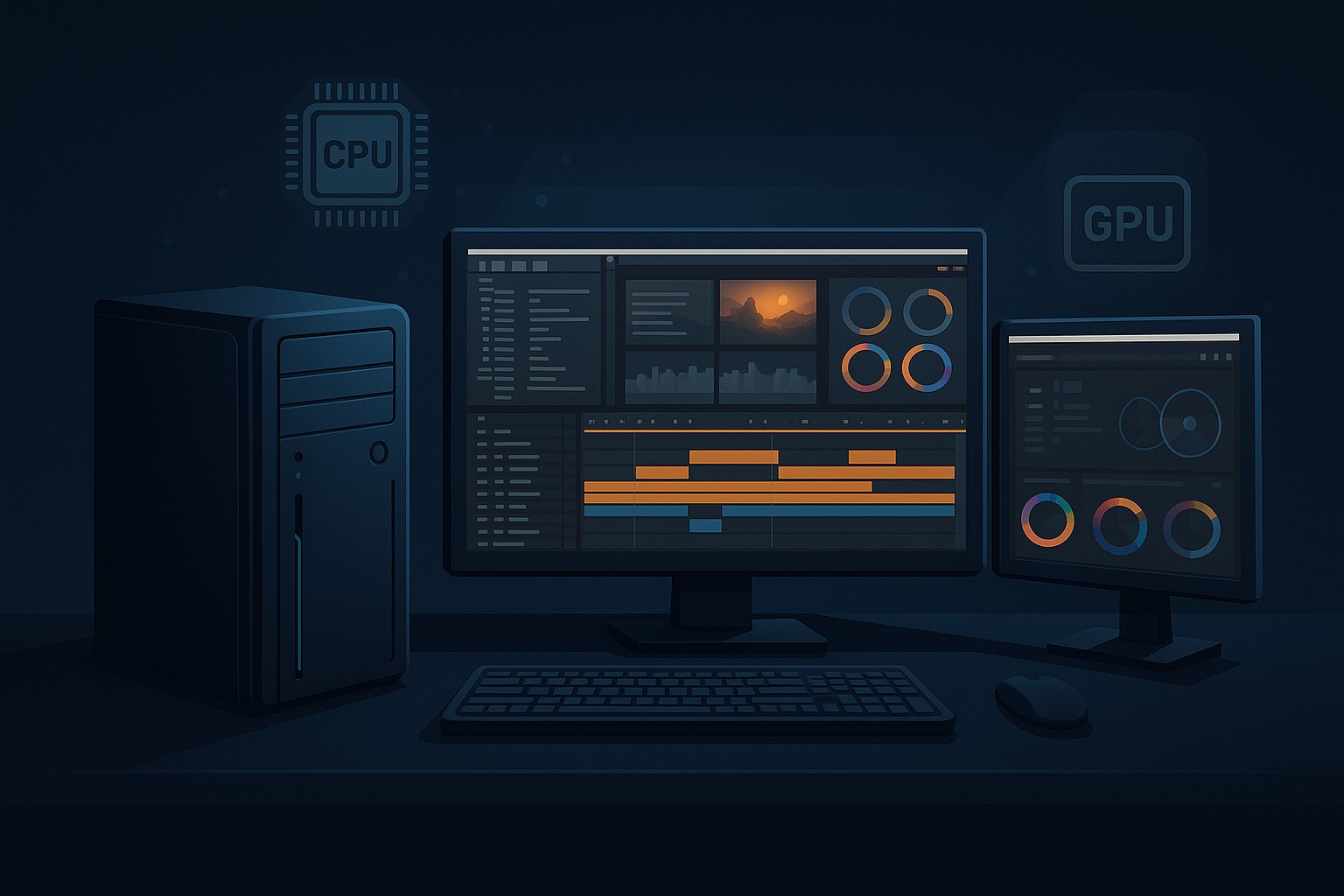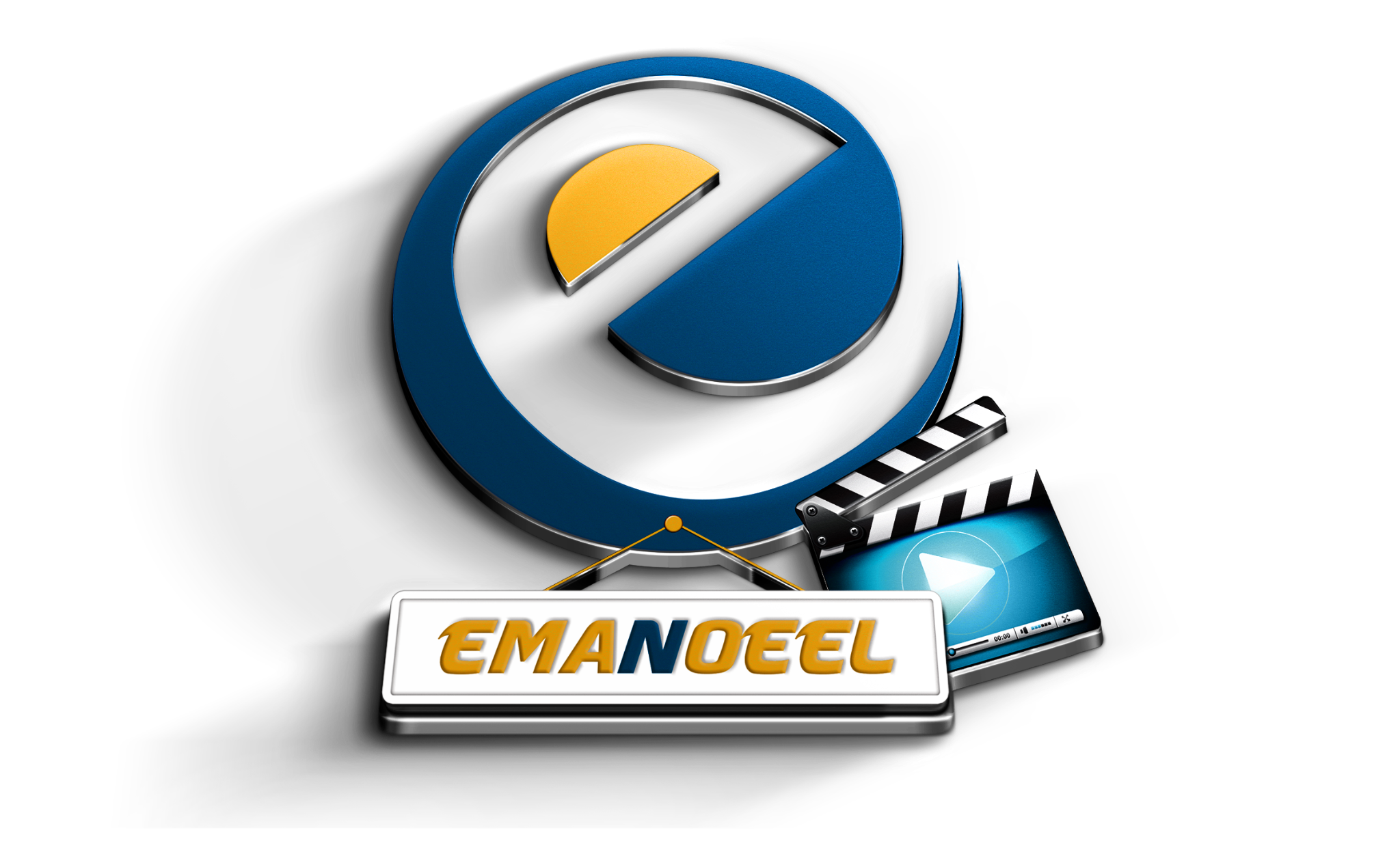Building a Powerful Editing Workstation
What to consider when assembling a computer capable of handling high‑resolution media, complex effects and AI‑assisted workflows.

CPU & GPU: the processing engines
Non‑linear editing relies on a fast processor to decode footage, apply effects and handle multiple tracks in real time. Choose a modern multi‑core CPU (six to eight cores for HD, ten or more for 4K and beyond) and pair it with a dedicated graphics card. Many editors offload colour grading, playback and AI‑accelerated features to the GPU, so look for a card with ample VRAM (8 GB or more) and support for the software you use.
Memory & storage: keeping data flowing
Video editing produces huge files and requires quick access to them. For HD projects, 16 GB of RAM is a workable minimum; for 4K or projects using heavy effects, 32 GB or more will help avoid bottlenecks. Use a fast NVMe SSD for your operating system and applications, a second SSD for cache and scratch files, and larger SATA SSDs or HDDs for long‑term storage. Working with raw or 10‑bit footage can easily push data rates into hundreds of megabytes per second, so ensuring your drives can keep up is critical.
Peripherals & ergonomics
A calibrated monitor (or ideally, dual monitors) lets you see your footage accurately and spread out your timeline and tools. Consider a control surface for tactile editing and colour correction, and invest in comfortable peripherals—an editing‑friendly keyboard, a precision mouse or tablet, and good speakers or headphones. Proper cooling and a clean power supply will keep your system stable during long renders.
Future‑proofing & AI
Modern NLEs increasingly leverage machine learning for tasks like scene detection, re‑framing and colour matching. As resolutions climb and formats like HDR become standard, your workstation will need headroom for AI‑driven algorithms and larger files. When budgeting, prioritise components that can be upgraded later—more RAM slots, additional storage bays and a powerful PSU—so your system can grow with your projects.
A well‑balanced workstation doesn’t just make editing smoother; it frees you to focus on storytelling rather than waiting on progress bars. Whether you build your own PC or choose a pre‑configured system, understanding the bottlenecks in post‑production will help you invest wisely.

